The Elegant World of Egrets
Egrets, those graceful, long‑legged wading birds, are a captivating sight in wetlands across the globe. Often mistaken for herons and rightfully so, egrets possess a unique charm and play a vital role in their ecosystems. This guide delves into the multifaceted world of egrets, exploring their biology, behavior, habitat, and cultural significance. Whether you are a seasoned ornithologist, a budding wildlife enthusiast, or simply curious about these stunning creatures, this article offers a comprehensive look at the life of egrets.

What Exactly is an Egret?
The term ‘egret’ does not define a specific taxonomic group. Instead, it refers to several species within the heron family (Ardeidae) that typically exhibit white or buff plumage. There are roughly six species commonly referred to as egrets, including the Great Egret, Snowy Egret, Cattle Egret, Little Egret (often called the Chinese Egret), Pacific Reef Egret, and Reddish Egret. These birds are distinguished by their elegant build, long legs and necks, and often ornamental plumes – historically coveted for fashion, leading to significant conservation challenges. While generally white, some species, like the Reddish Egret, exhibit stunning variations in color during the breeding season.
Physical Characteristics
Egrets vary in size depending on the species, but most share common features. Their long legs allow them to wade through shallow water with ease, while their pointed bills are perfectly adapted for spearing fish, frogs, and other aquatic prey. A key characteristic of many egret species is the development of beautiful, wispy plumes during the breeding season. These plumes were once in high demand for hat‑making, nearly driving some species to extinction.
Where Do Egrets Live?
Egrets inhabit a diverse range of wetland habitats across all continents except Antarctica. These include marshes, swamps, lagoons, estuaries, and even rice paddies. The specific habitat preference varies between species. For example, the Cattle Egret is often found in grasslands and agricultural fields, following livestock and feeding on insects disturbed by their grazing. Snowy Egrets prefer coastal marshes and lagoons, while Great Egrets are more adaptable and can be found in a wider variety of freshwater and saltwater habitats.

Migration Patterns
Many egret species are migratory, moving to warmer climates during the winter months. The extent of migration varies depending on the species and the geographic location. Some populations may only move short distances, while others undertake long‑distance flights to breeding grounds. Understanding their migration patterns is crucial for effective conservation efforts.
What Do Egrets Eat?
Egrets are carnivorous birds with a varied diet. Their primary food source is fish, but they also consume amphibians, reptiles, insects, crustaceans, and even small mammals. They employ various hunting techniques, including standing still and waiting for prey to come within striking distance, stalking prey through shallow water, or actively pursuing it in flight. Some species, like the Cattle Egret, are opportunistic feeders, consuming insects disturbed by livestock.
Hunting Strategies
Egrets often use a stalking technique, moving slowly and deliberately through the water to avoid scaring their prey. They may also use their wings to create shade, attracting fish closer. The sharp, pointed bill is used to spear or grab prey quickly and efficiently. Watching an egret hunt is a testament to their agility and precision.
Egrets: Life Cycle and Reproduction
Egrets are typically monogamous, forming pair bonds that can last for several breeding seasons. The breeding season varies depending on the species and geographic location, but generally occurs during the spring and summer months.

Nesting and Chick Rearing
Egrets typically nest in colonies, often alongside other heron and bird species. They build nests out of sticks, reeds, and other vegetation, usually in trees or shrubs near water. The female lays a clutch of 3 to 6 eggs, which are incubated by both parents for around 20 to 25 days. Chicks are altricial, meaning they are born helpless and require extensive parental care. Parents feed their chicks regurgitated food until they are able to fly and fend for themselves. The survival rate of chicks is often low, as they are vulnerable to predators and harsh weather conditions.
Egrets and the Ecosystem
Egrets play a vital role in maintaining the health of wetland ecosystems. As predators, they help control populations of fish, amphibians, and insects. Their presence also indicates the overall health of the environment. A decline in egret populations can signal pollution or habitat degradation. Additionally, their guano provides nutrients that support plant growth in wetlands.
Interactions with Other Species
Egrets often coexist with other wading birds, such as herons, ibis, and spoonbills. They may even nest in the same colonies. They also interact with fish and other aquatic organisms, both as predators and as prey for larger animals. Their presence contributes to the biodiversity and stability of wetland ecosystems.
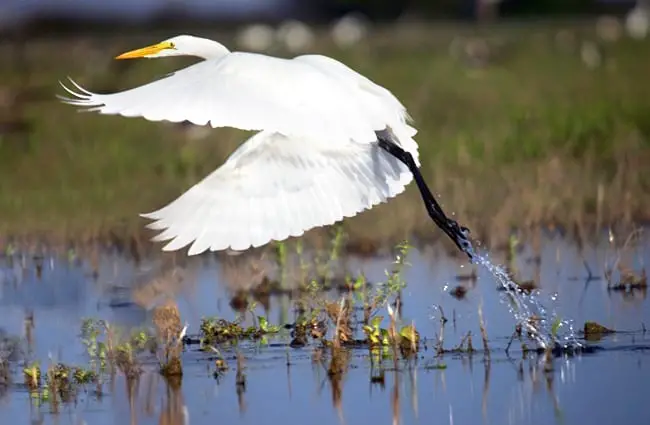
Egrets and Humans
Throughout history, egrets have held cultural significance for many societies. Their elegant appearance and graceful movements have inspired art, literature, and folklore. However, they have also been subject to exploitation. The demand for their plumes during the late 19th and early 20th centuries led to widespread hunting, bringing several species to the brink of extinction.
Conservation Efforts
Thanks to conservation efforts, including the enactment of protective laws and habitat restoration projects, egret populations have rebounded in many areas. However, they still face threats from habitat loss, pollution, and climate change. Continued conservation efforts are crucial to ensure their long‑term survival.
Spotting Egrets in the Wild
If you are interested in spotting egrets in the wild, here are a few tips: visit wetland habitats, such as marshes, swamps, and lagoons. Look for areas with shallow water and abundant vegetation. Bring binoculars to get a better view. Be patient and observant. Egrets can be shy and elusive, but with a little effort, you may be rewarded with a glimpse of these magnificent birds. Remember to observe from a distance and avoid disturbing their habitat.

For Zookeepers and Caretakers
Caring for egrets in captivity requires careful attention to their specific needs. Provide a spacious enclosure with both land and water areas. The water should be clean and regularly refreshed. Offer a varied diet of fish, amphibians, and insects. Ensure the enclosure is enriched with vegetation and other features that allow the birds to exhibit natural behaviors. Minimize stress by providing a quiet and secure environment. Monitor their health closely and provide veterinary care as needed. Avoid overcrowding and ensure adequate social interaction with other birds of their species.
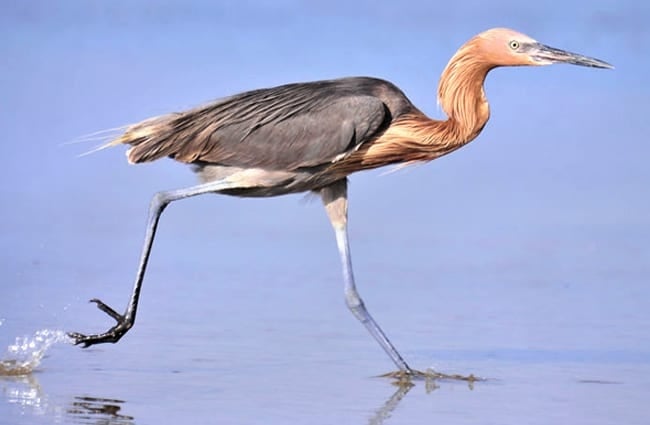
Final Thoughts
Egrets are a captivating symbol of wetland ecosystems, embodying grace, elegance, and resilience. Their story is a reminder of the importance of conservation and the interconnectedness of all living things. By understanding their biology, behavior, and ecological role, we can better appreciate these magnificent birds and work towards their long‑term survival. Whether you are a seasoned birder, a nature enthusiast, or simply curious about the natural world, the world of egrets offers a wealth of wonder and inspiration.


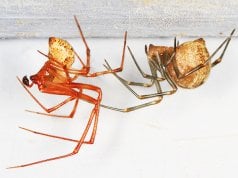
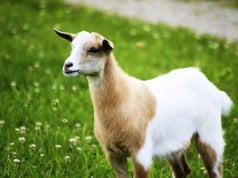


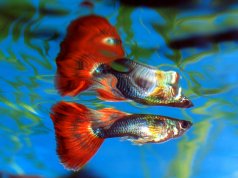
![Red Angus Closeup of a beautiful Red Angus cowPhoto by: U.S. Department of Agriculture [pubic domain]https://creativecommons.org/licenses/by/2.0/](https://animals.net/wp-content/uploads/2020/03/Red-Angus-4-100x75.jpg)

